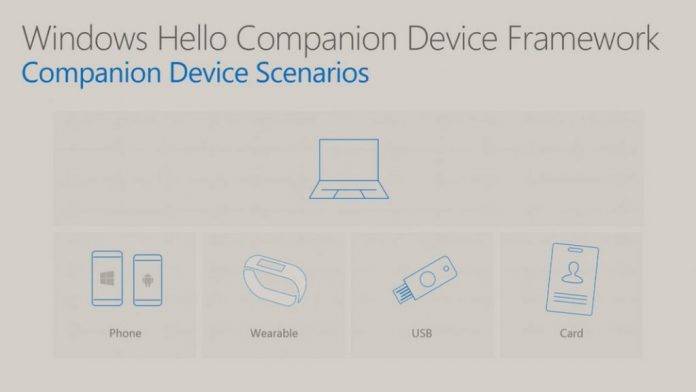
Some of you might not be familiar with Microsoft’s funky new way to sign in to devices powered by Windows 10, it’s called Windows Hello. Given Microsoft’s lower key existence these days, that’s understandable. Windows Hello utilizes fingerprint sensor technologies and face recognition for authentication, and now Microsoft is expanding it to companion devices such as wearables, USB sticks, and soon, maybe even your Android device.
The idea is to unlock a desktop PC or a laptop without having to type in your password, so utilizing sensors is the way to go. But Microsoft is expanding that now to devices that a user might have on his person. “When you think about a user and the kind of devices they carry with them,” Microsoft senior program manager lead Anoosh Saboori said “they normally have the phone in their pocket, they [might] have some kind of wearable on their arm… We wanted to leverage these devices as a way to knowing the user.”

In this scenario, the person’s phone is the most logical choice. And Microsoft is now figuring out how it could bring enterprise level security that can use just the presence of your phone over a network to authenticate you. The phone can be used as a biometric replacement, or it can store the credentials right on the phone.
Right off the bat, we think Microsoft might have some challenges bringing Windows Hello – a security and privacy tool – to an open ecosystem like Android. But given the right execution and the ability to keep enterprise-grade security, it might be worth a look.
VIA: Thurrott









